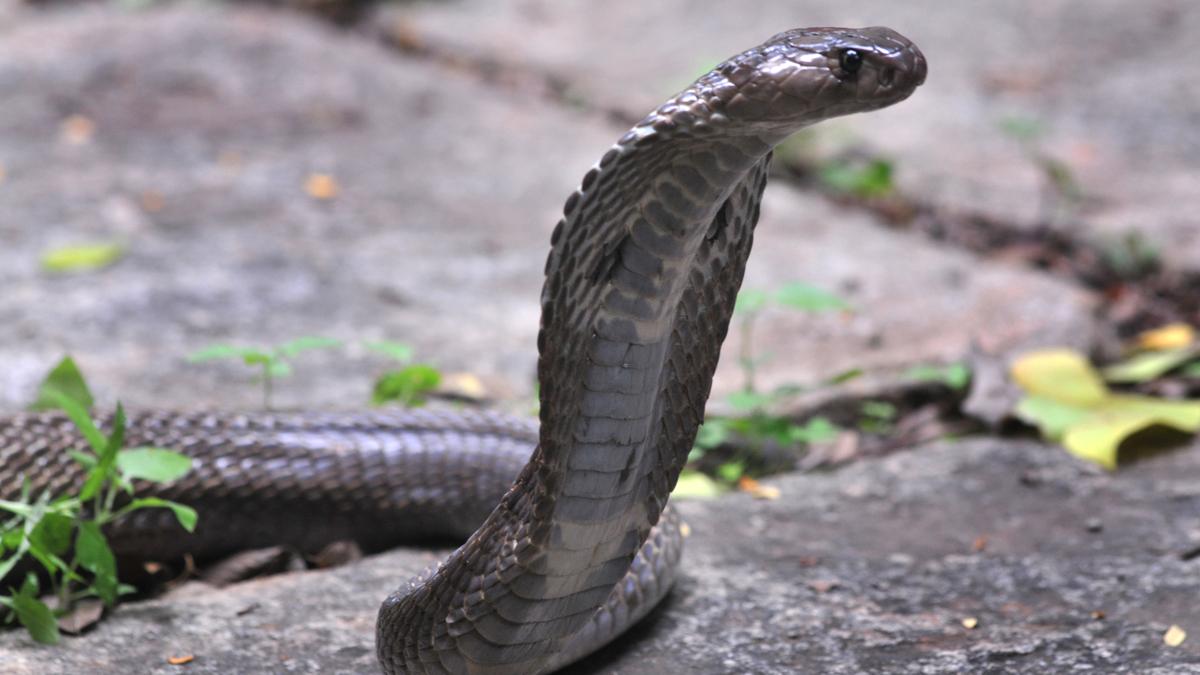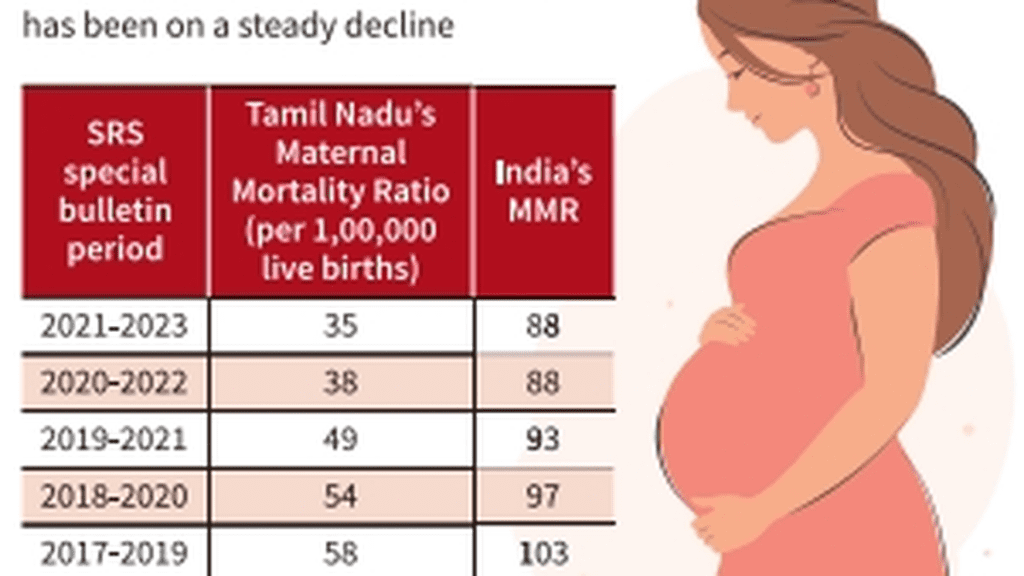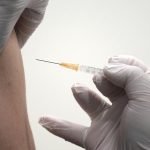Karnataka saw a sharp rise in recorded snakebites, deaths in 2024 Premium

Karnataka saw a sharp rise in recorded snakebites, deaths in 2024 Premium
Recorded cases of snakebite envenoming and deaths in Karnataka have seen a sharp rise from 6,596 bite cases and 19 deaths in 2023 to 13,235 bite cases and 101 deaths in 2024. This follows Karnataka declaring snakebite envenoming cases and deaths notifiable under the Karnataka Epidemic Diseases Act, 2020, in February 2024.
Snakebite envenoming is a neglected tropical disease caused by the bite of a venomous snake, that is usually accidental. While a total of 3,439 cases and 17 deaths were recorded by the State Health Department in 2022, this year so far (from January 1 to 18), there have been 415 cases and three deaths.
In 2024, while Hassan reported the highest number of cases at 850, Chickballapur and Mysuru followed with 813 and 790 cases, respectively. The highest number of snakebite deaths was recorded in Tumakuru (nine) followed by Koppal and Kalaburagi (eight each) and Bagalkot and Shivamogga (six each), according to data from the State’s Integrated Health Information Platform (IHIP) portal.
Following a huge gap between the number of snakebite envenoming and deaths reported from direct surveys and in the official data, Karnataka declared snakebite deaths and cases notifiable under the Karnataka Epidemic Diseases Act, 2020, in February 2024. This is much ahead of the Centre’s letter to States on November 27 last year asking them to declare snakebites as a notifiable disease.
Following the declaration, the State Health Department directed all hospitals and medical colleges (teaching hospitals), including private facilities, to mandatorily enter all snakebite cases and deaths on the IHIP portal.
Attributing the rise in the cases to improved reporting by hospitals, Ansar Ahmed, State Project Director, Integrated Disease Surveillance Programme, said making snakebites notifiable had led to better surveillance. “It has resulted in better monitoring, response, and mitigating the effects of snakebites, which have long posed a severe public health concern, especially in the tribal and rural areas,” he said.
Reporting of snakebite cases and deaths on the IHIP portal began in October 2021. Prior to this, it was being done through the Communicable Diseases division. Reporting of many cases is missed as most people in rural areas go to traditional faith healers,” he said.
To reduce the incidence and severity of snakebites and minimise the associated health and economic burden on affected communities, Karnataka has developed a strategic framework involving various departments under the ‘State Action Plan for Prevention and Control of Snakebite Envenoming,” Dr. Ansar said.
The doctor pointed out that the State has an adequate stock of anti-venom for snakebites, with 60,000 vials available in all health facilities from the primary health centre (PHC) level, and added: “Anti-venom should ideally be administered within six hours of the bite. We have trained our ANMs and ASHA workers on proper handling of snakebite cases while ensuring that patients are immediately shifted to the nearest health facility for treatment. We have also intensified our public awareness and information, education and communication campaign.”
Globally, there are approximately 2,000 species of snakes, with 310 species found in India alone. Out of these, 66 species are venomous and pose a serious threat to human health. The ‘big four’ venomous species in India are the Indian cobra, common krait, Russell’s viper, and the saw-scaled viper. In addition to these, Karnataka is home to several region-specific venomous snakes, such as the king cobra, the Malabar pit viper, and the hump-nosed pit viper, the doctor said.










